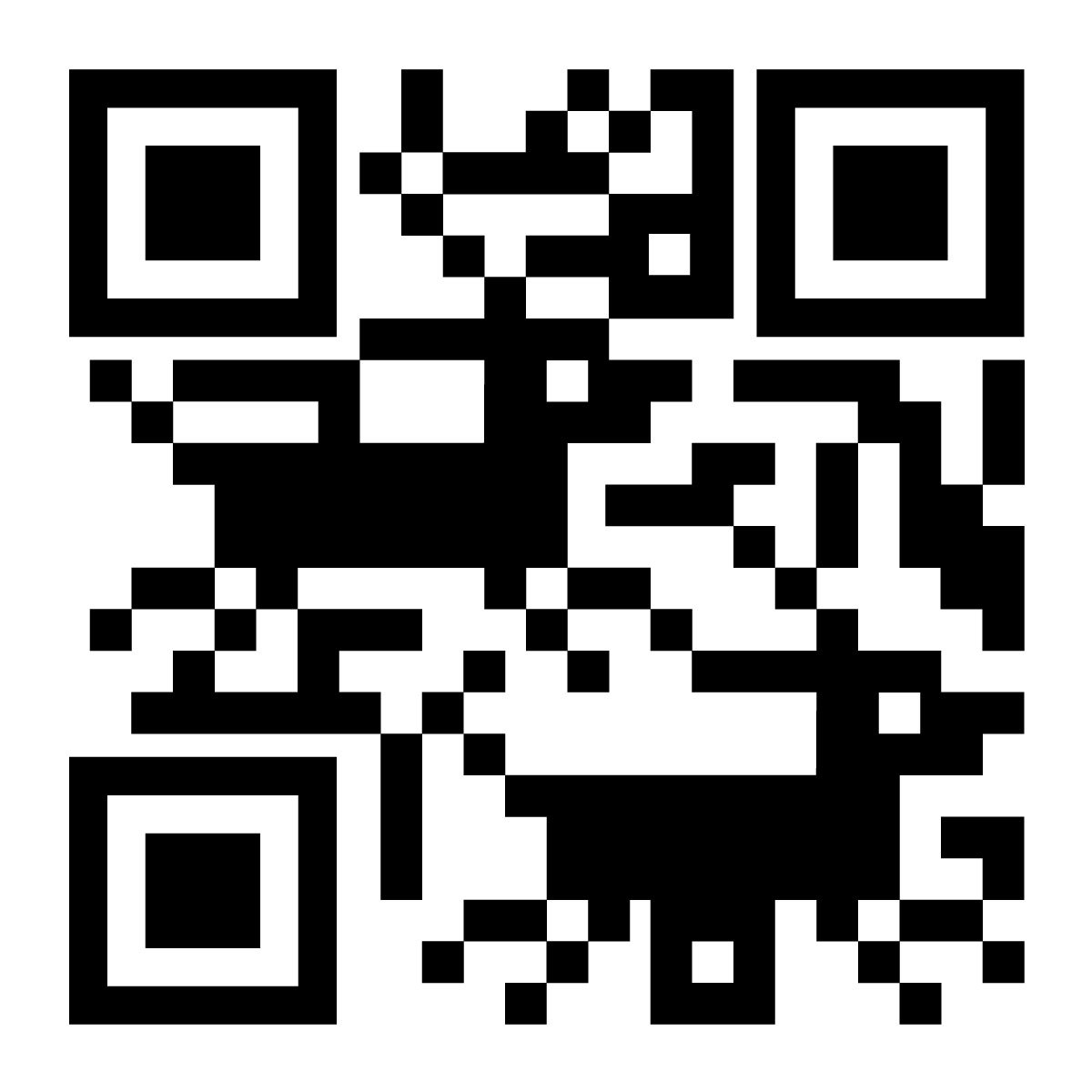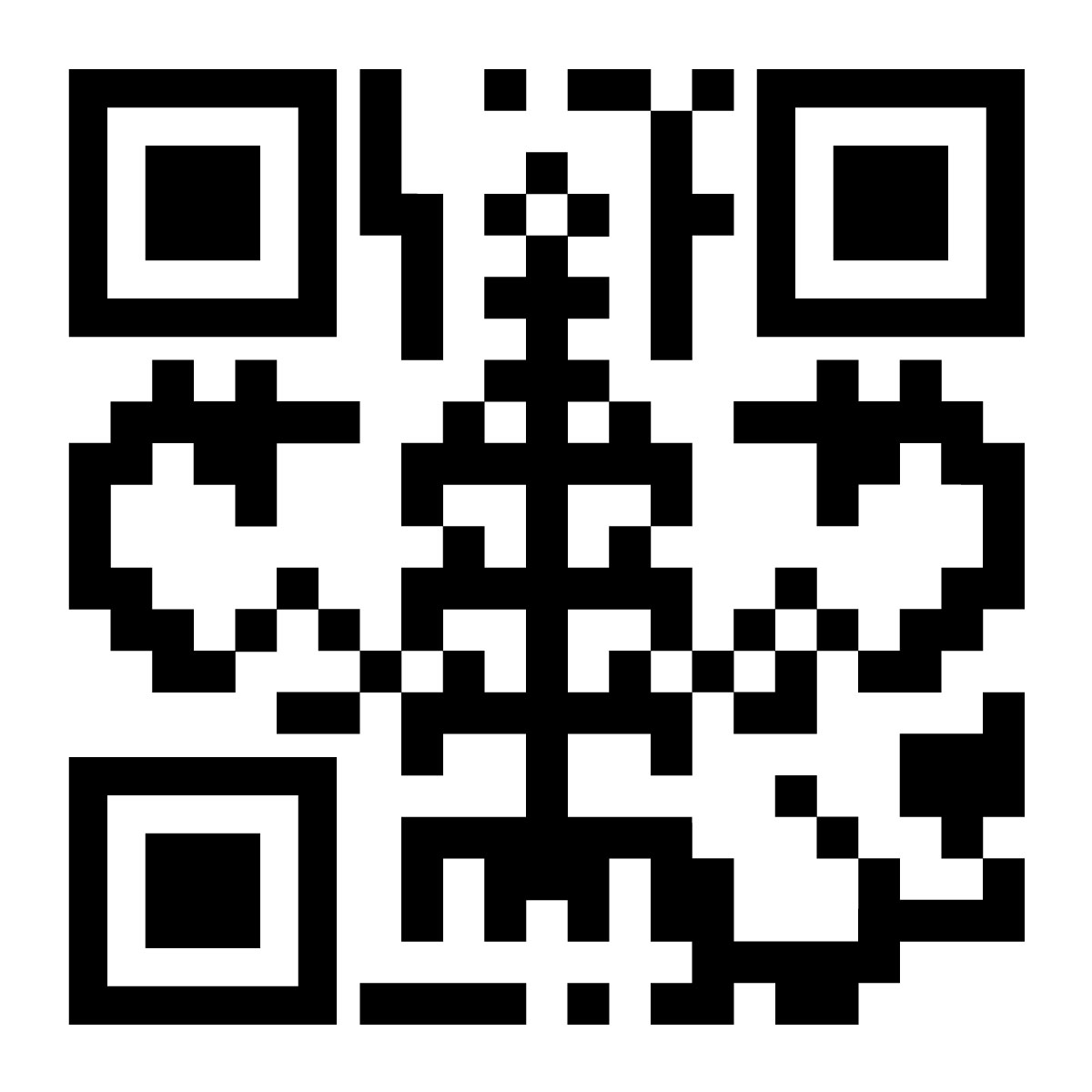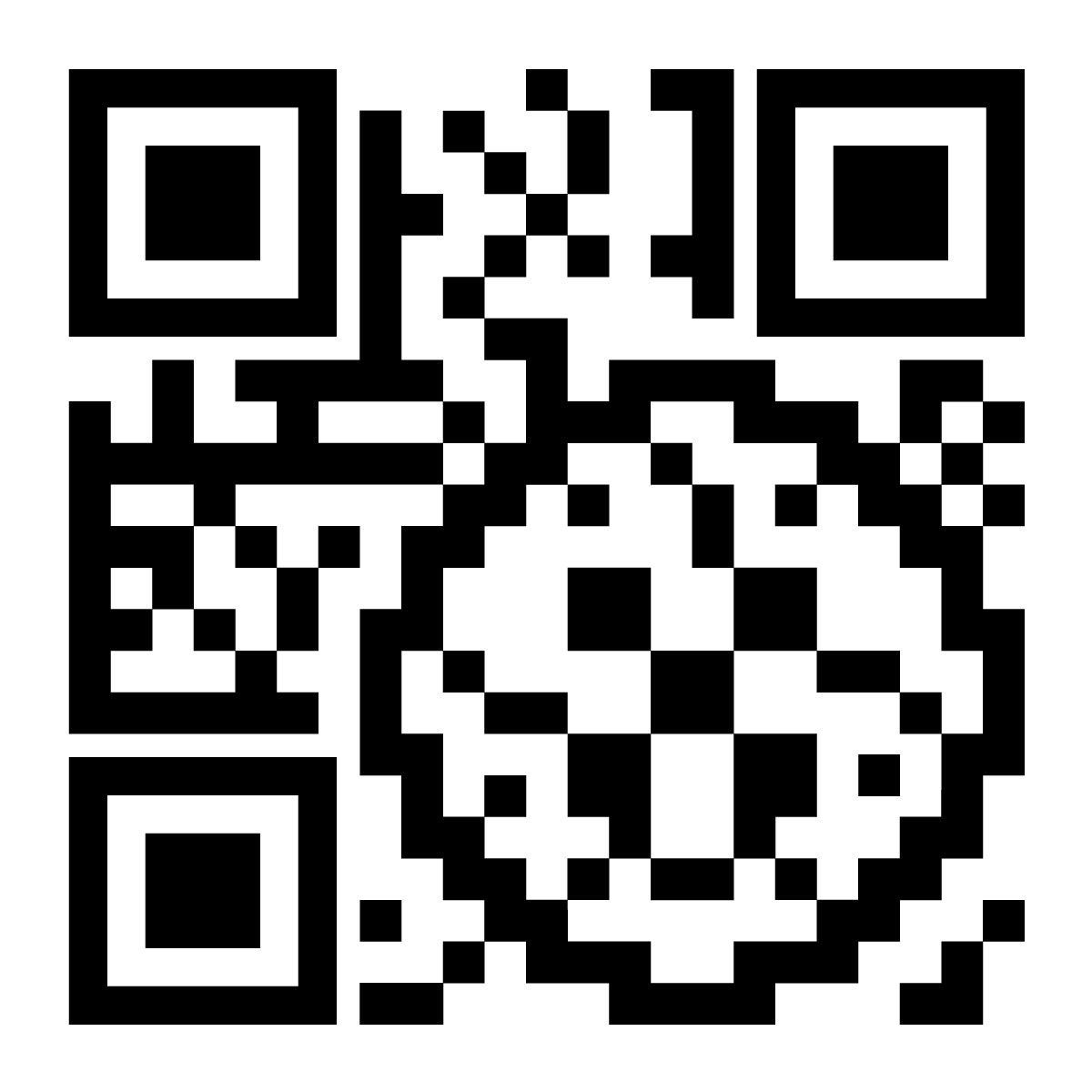Presencia Anacrónica / Anachronistic Presence
2012
AMS Gallery – University of British Columbia
Vancouver, BC, Canada.
Curated by Maya Rodríguez
Text by Maya Rodríguez
The core of Carlos Colín work revolves around the colonial process undergone by American countries after the arrival of the European powers and how the prevalence of colonialism is still felt throughout the continent, especially in Latin America. From the Postcolonial standpoint of Pre-Hispanic cultures —Indigenism and Decolonization— he seeks to decode global art in order to generate new national artistic discourses as the first step towards the creation of what he believes to be a possible “universal” contemporary art.
In this exhibition, with the exemplification of the struggle between the Indigenous community of Wixarika in Mexico and Canadian mining companies over land use, the viewer is challenged to understand the process of acculturation and disinformation induced by the confrontation of tradition and modernity. The importance of the preservation of tradition and culture against the imposition of progress becomes anachronistic at the Wixarika sacred sites. Are the open pit mines the foreign element within these sites, or is it the indigenous community that struggles to maintain their traditions within a modern anachronistic process?
Although Colín calls upon the preservation of cultural elements and traditions, he does not believe in any way that they should be kept static and inactive. In fact, he is rather pleading the opposite. In his piece Kupúri – Alma (Soul) 2011, made with the traditional weaving patterns of the Wixarika people (Tsikuri or “Eye of God”), the resulting QR symbol is an attempt to maintain traditions and indigenous identities through new channels of communication. Through this exhibition, Colin is not only creating links between important cultural elements and modernity, but also challenging our own understanding of progress and tradition as an anachronistic process.










